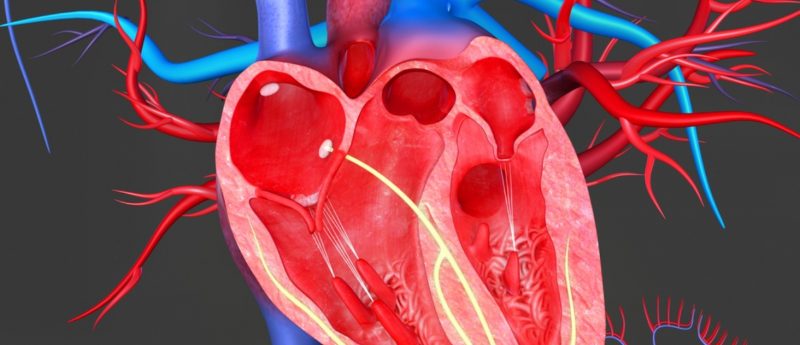Researchers discover cell that replaces heart muscle

Researchers from UT Southwestern Medical Center (TX, USA) have used a newly devised cell lineage-tracing technique to identify a cell that replenishes adult heart muscle.
“We identified a cell that generates new heart muscle cells. This cell does not appear to be a stem cell, but rather a specialized cardiomyocyte, or heart muscle cell, that can divide, which the majority of cardiomyocytes cannot do,” reported Hesham Sadek, Assistant Professor of Internal Medicine, University of Texas Southwestern (UT Southwestern; TX, USA).
Previous UT Southwestern research identified the highly oxygenated environment of the heart as the reason most cardiomyocytes (the cells that form heart muscle) do not replicate. The team behind the current work reasoned that a technique tracking the lineage (a process known as fate mapping) of hypoxic cells would lead them to those cells with the ability to divide within the heart.
Sadek continued: “For decades, researchers have been trying to find the specialized cells that make new muscle cells in the adult heart, and we think that we have found that cell. Now we have a target to study. If we can expand this cell population, or make it divide more, then we can make new muscle cells. This is what this cell does naturally, and we can now work toward harnessing this ability to make new heart muscle when the heart has been damaged.”
The team’s results pinpointed several hypoxic microenvironments throughout the heart muscle. They estimated the rate of cell formation to be between 0.3 and 1% per year.
“This is exciting work from both scientific and methodological standpoints,” said Joseph Hill (Chief of the Division of Cardiology and Professor of Internal Medicine at UT Southwestern). “Dr Sadek’s discovery points to a novel mechanism of cell-cycle control in cardiac myocytes and lends credence to the potential for regenerating — rebuilding — the diseased heart.”
Traditional fate mapping labels cells based on the expression of a certain gene. Hypoxic cells, however, are mainly regulated at the protein level so the research team generated a sensitive protein-tracking technique responding to the presence of Hif-1alpha, a hypoxia-responsive protein. The team produced a genetically modified mouse in which Hif-1alpha is fused to another protein called Cre recombinase, which could then be used for cellular labeling.
“This fate-mapping approach, based on protein stabilization rather than gene expression, is an important tool for studying hypoxia in the whole organism. It can identify any hypoxic cell, not just cardiomyocytes, so this has broad implications for cellular turnover in any organ, and even in cancer,” concluded Sadek.
The researchers hope that their novel technique may be applied in other organs, and even cancers.
— Written by Daphne Boulicault
Source: UT Southwestern Medical Center press release: medicalxpress.com/news/2015-06-cell-replenishes-heart-muscle.html